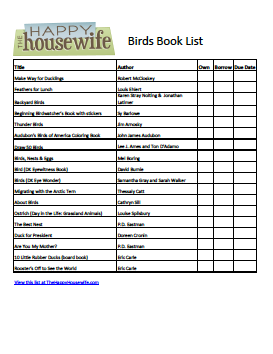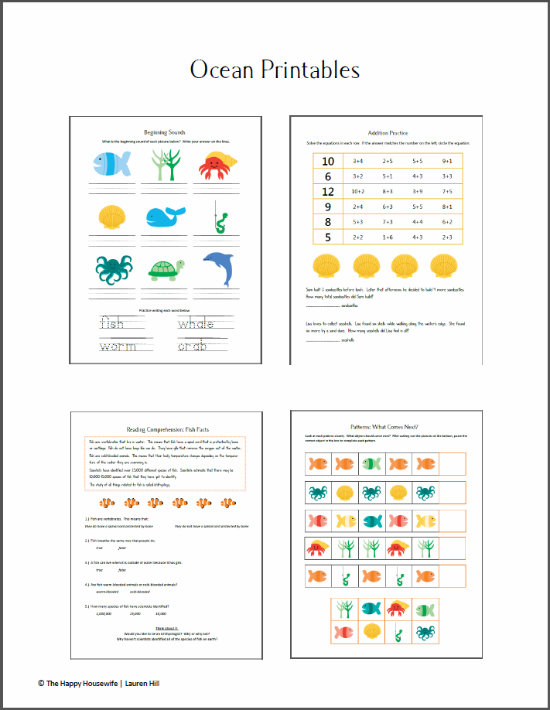Did you know that many homeschoolers graduate from high school with their Associates degree? Dual Enrollment is a great way for your child to get a head start in their college career as well as save money on their college education.
Benefits of Dual Enrollment
Free College Credits
In many states dual enrollment is free! This means your child can earn college credits at no cost. If they plan on attending a state school after graduation all these credits will transfer, therefore reducing the cost of their college education.
Preparation for College
Dual enrollment is a great way to ease your child into college. Community colleges are usually smaller and more laid back than a university. Your child can “try out” college before leaving home.
Relieves Teaching Responsibilities
If you don’t think you are cut out for teaching high school, dual enrollment classes can do it for you. Most colleges accept students at age 15 or 16 depending on their test scores. If teaching high school scares you, dual enrollment can help.
Preparing for Dual Enrollment
Raise an Independent Learner
If you think your child will be taking college classes in high school, start preparing them in the eighth grade. Let them take ownership of their education and see if they are up to the challenge. A child who needs constant daily prodding to finish their work in the tenth grade probably isn’t ready for college classes.
Let them Drive
For the first two months of dual enrollment I drove my daughter to college and back twice a week. If you don’t want to spend your school day in the car, make sure your child has their driver’s license before they start classes. This will free you up to teach your younger children.
Prep for Tests
Most colleges require ACT/ SAT or college placement scores from homeschoolers in order to sign up for classes. Make sure your child is prepared for the standardized tests well in advance. The college placement test is free and is administered by the college.
Dual Enrollment isn’t for Everyone
Not every child is cut out for dual enrollment. If you aren’t comfortable with your child sitting in a classroom with thirty people they don’t know, ages 17-50 then consider online classes or waiting until your child is older.
The 10 Days Series is organized by iHomeschool Network, a collaboration of outstanding homeschool bloggers who connect with each other and with family-friendly companies in mutually beneficial projects.



































